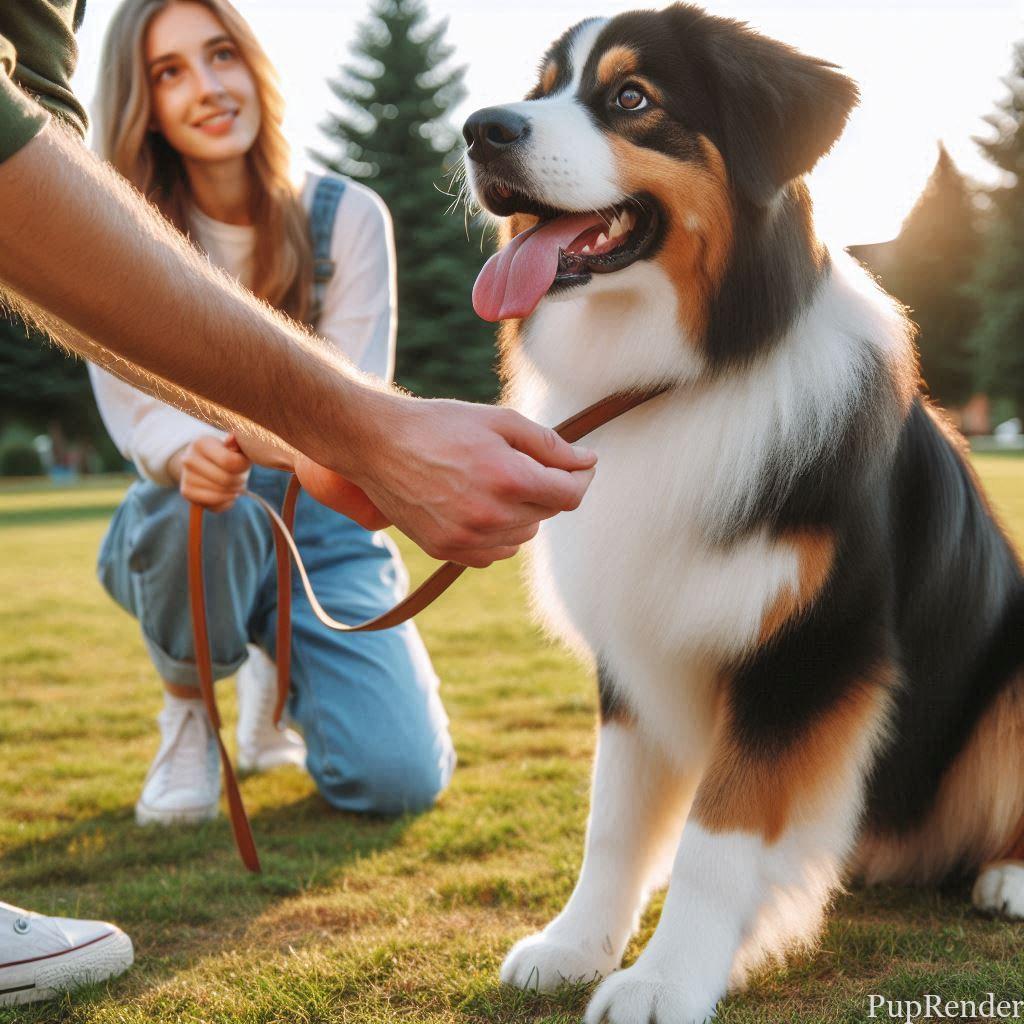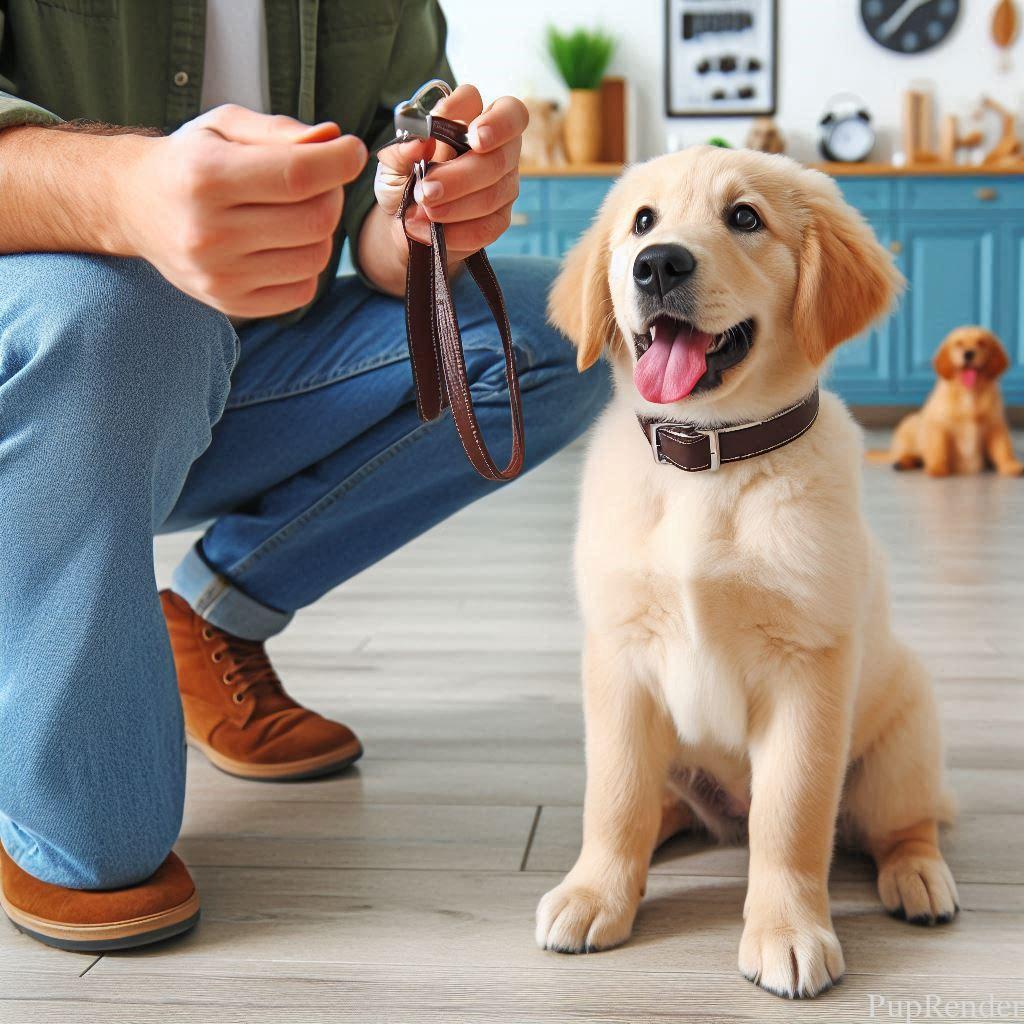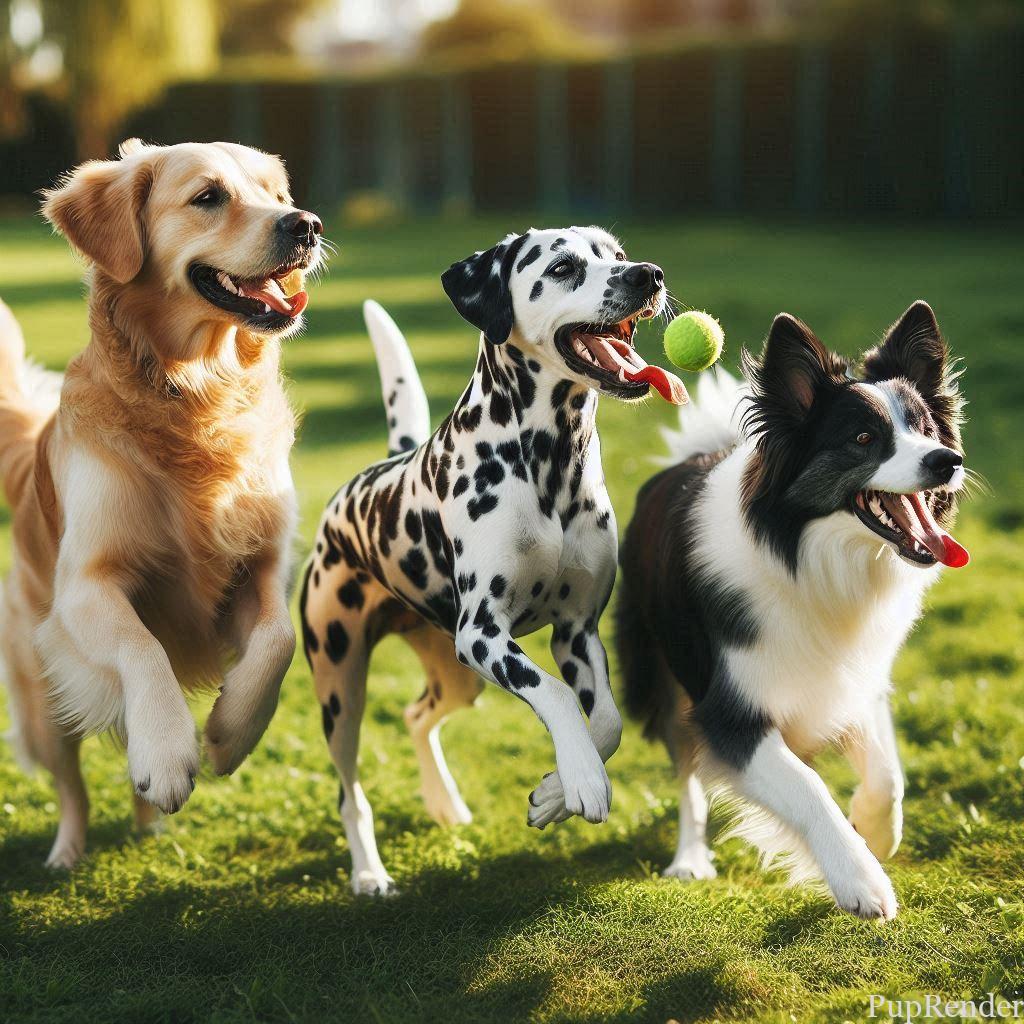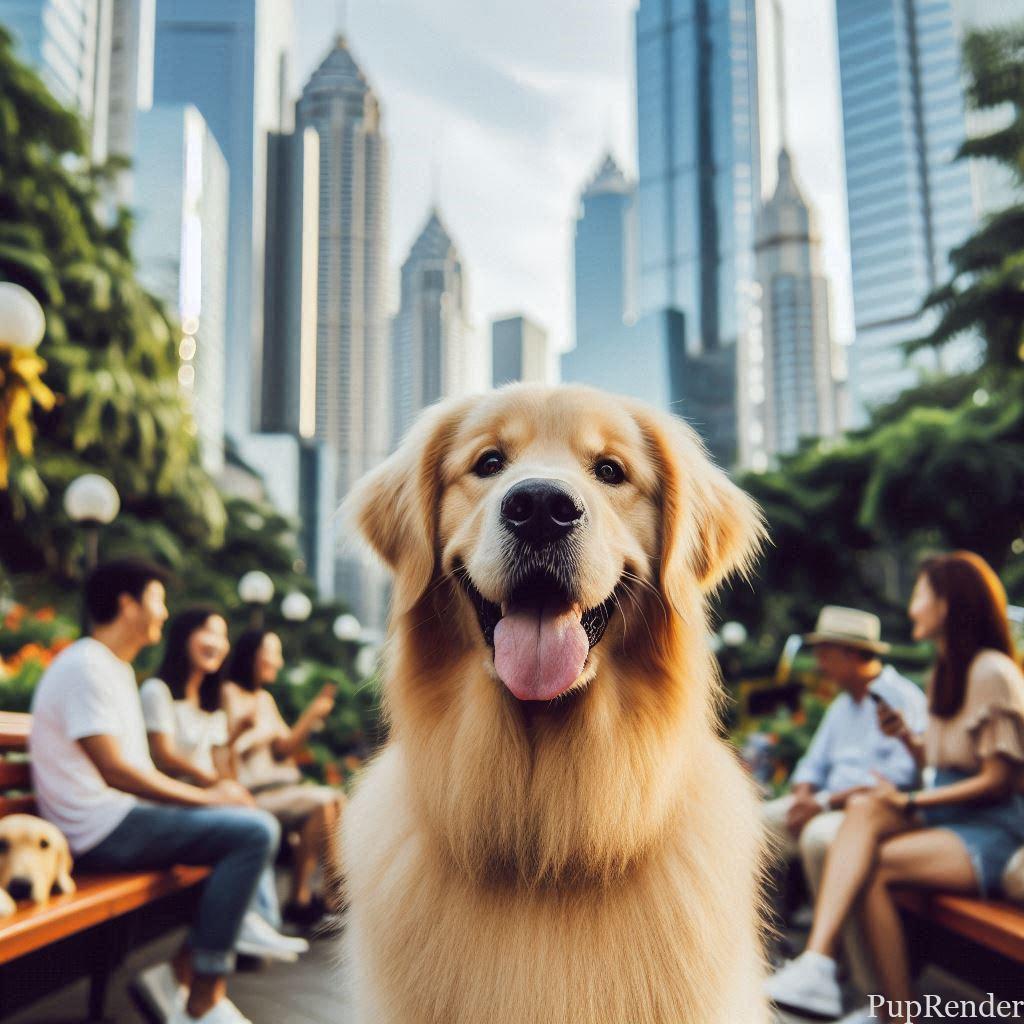How to Train Your Dog to Be a Good Companion
Owning a dog is one of life’s greatest joys, and with proper training, your furry friend can become an incredible companion. Training isn’t just about teaching tricks; it’s about creating a bond that fosters mutual understanding and respect. In this guide, we’ll explore essential training tips that will help turn your dog into the perfect companion for any adventure or cozy day at home.
Establish Trust and Communication
The first step in training your dog to be a good companion is building trust. Positive reinforcement is crucial. Reward good behavior with treats and affection while ignoring unwanted behavior. Make sure to maintain consistency in your commands to avoid confusing your dog. Your dog looks to you for guidance, so communication and patience are key.

For more ways to build trust with your dog, check out our post on 5 Ways to Bond with Your Dog.
Focus on Basic Obedience Training
Basic commands like “sit,” “stay,” and “come” are essential to creating a well-behaved dog. They provide structure and safety, ensuring your dog knows how to behave in different situations. Begin training in a quiet environment, gradually introducing distractions as your dog progresses.

For additional guidance on obedience training, don’t miss our detailed post on Dog Obedience: The Secret to a Well-Behaved Pet.
Socialize Your Dog Early
Socialization is a key component of companion training. Introduce your dog to various environments, people, and other pets. Socializing your dog helps reduce fear and anxiety while promoting calm behavior in public spaces. Start socializing your puppy at a young age or, if you have an older dog, take gradual steps to ease them into new experiences.

For expert advice on socialization, explore our post on The Benefits of Socializing Your Dog Early.
Use Positive Reinforcement Techniques
Positive reinforcement, like treats, praise, and toys, encourages your dog to repeat good behaviors. Avoid punishment-based methods, as they can create fear and distrust. Always reward immediately after the behavior to ensure your dog makes the connection between the action and the reward.
If you’re looking for top-notch toys to use as rewards, read our post on The Best Dog Toys for Every Type of Pooch.
Maintain Consistency
Consistency is key to successful dog training. Use the same commands, routines, and rewards to help your dog learn quickly. Dogs thrive on structure and routine, so keeping training sessions regular and predictable will help them understand what’s expected of them.

Make Training Fun
Training should be a positive experience for both you and your dog. Incorporate games like fetch or hide-and-seek to keep your dog engaged while reinforcing good behavior. A happy dog is a motivated learner, so keep sessions fun and upbeat.
For even more training tips, see our post on The Ultimate Dog Training Tips No One Told You/
Adventure Awaits
Training your dog to be a good companion takes time, patience, and consistency. By using positive reinforcement, socializing your dog, and focusing on obedience, you can ensure your dog becomes the perfect partner in all of life’s adventures.
For additional resources, check out:





